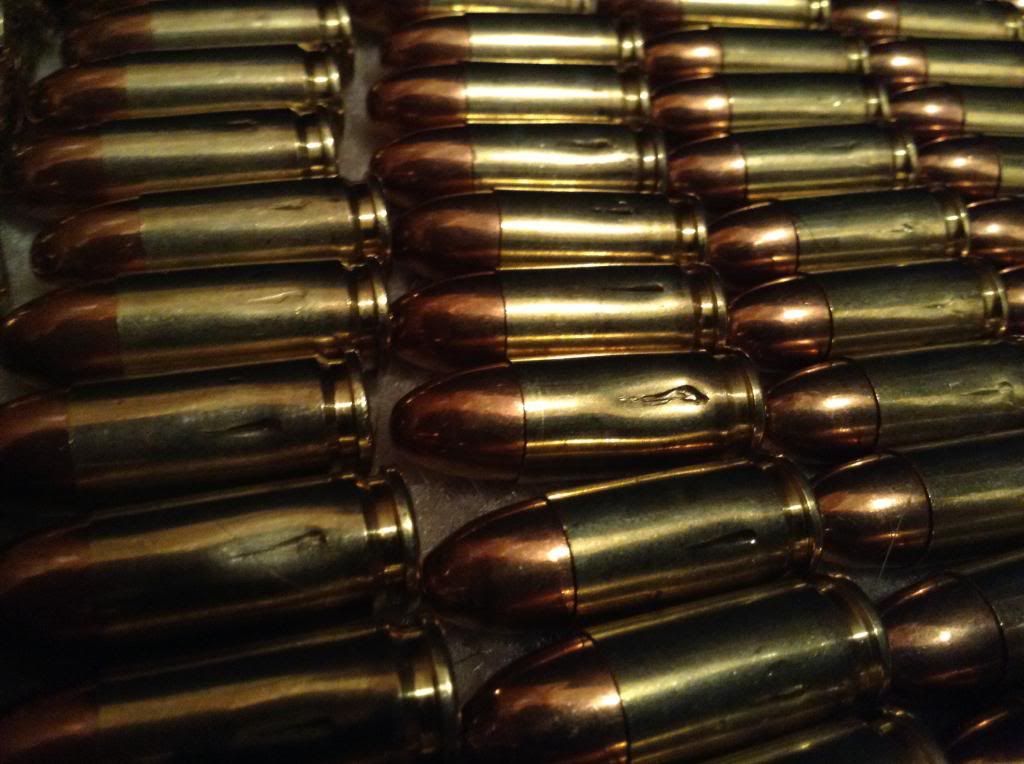Factory ammo made on high speed machines can cause all kinds of damage and leave flaws in cases. This will give you a idea of what to look for when you open a new box of ammo.
This comes from MIL STD 636 which you can do a search for on line and download for your later use.
Hit the scroll bar on bottom to view the remainder of the picture.
Note: the K, L and M areas with flaws in this area can be catastrophic when the case fails here.

This comes from MIL STD 636 which you can do a search for on line and download for your later use.
Hit the scroll bar on bottom to view the remainder of the picture.
Note: the K, L and M areas with flaws in this area can be catastrophic when the case fails here.


